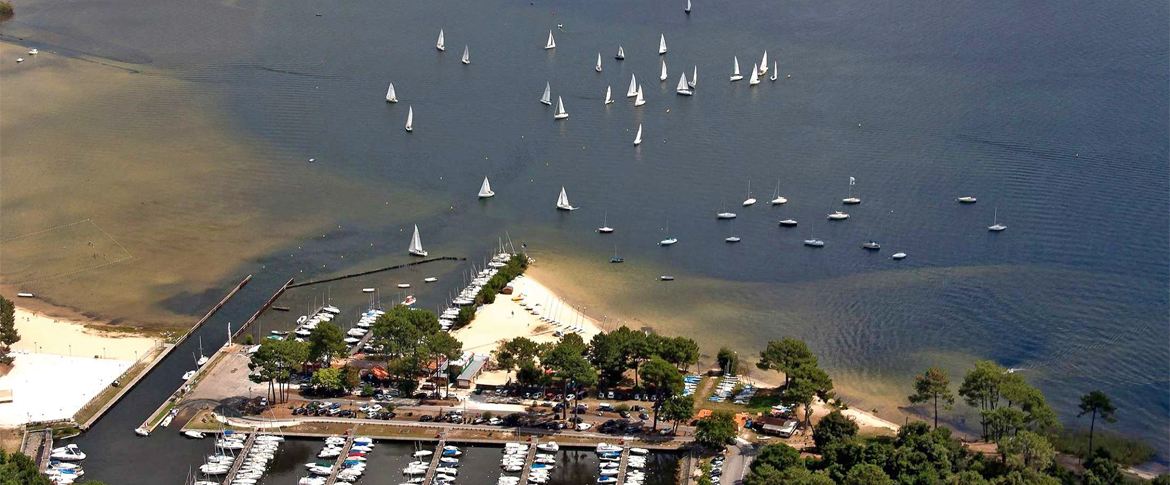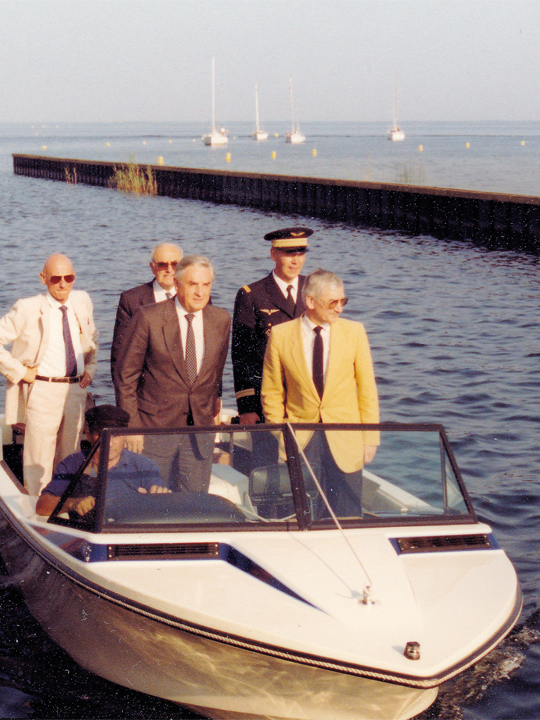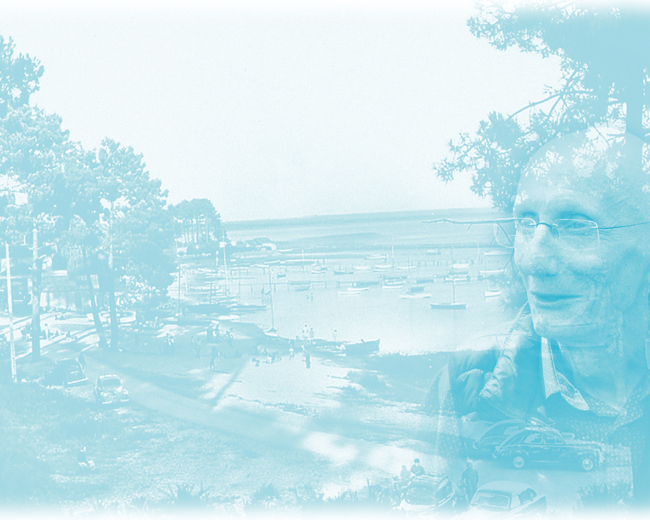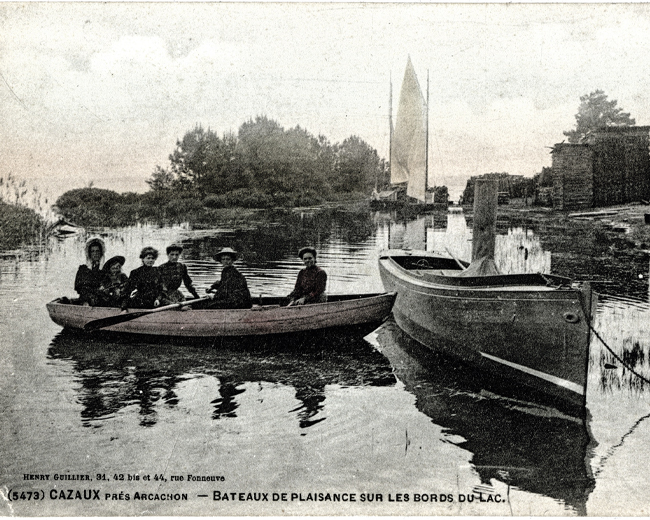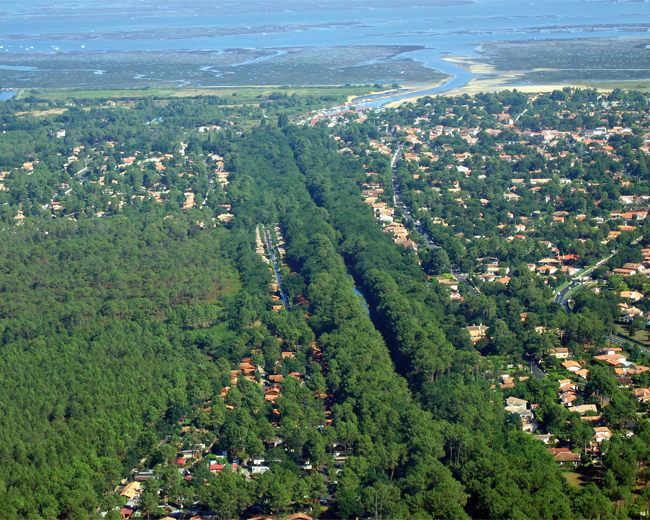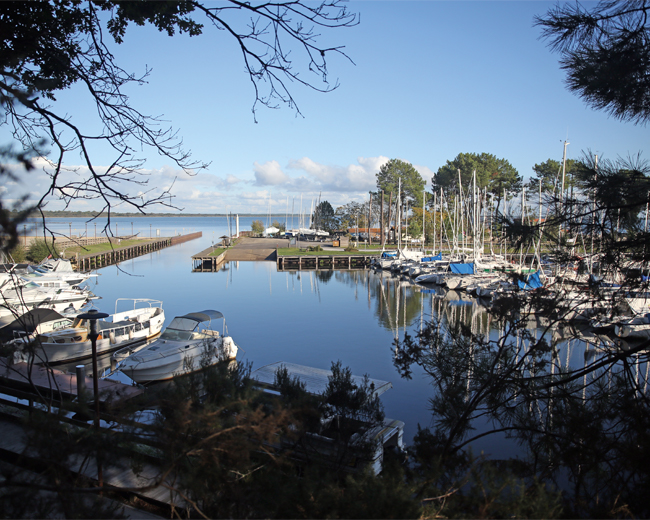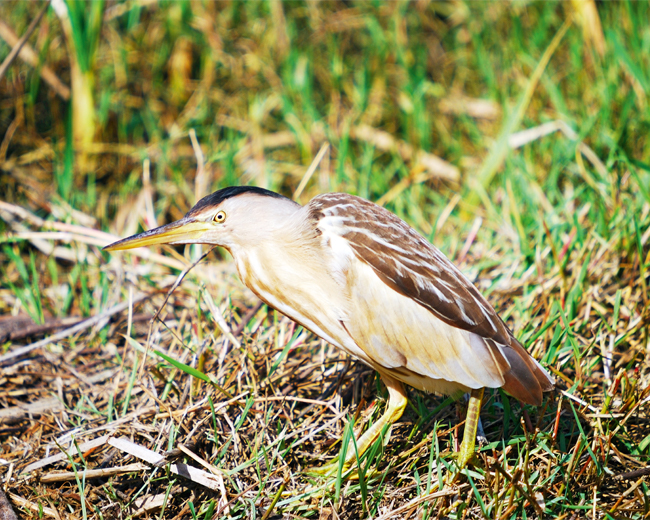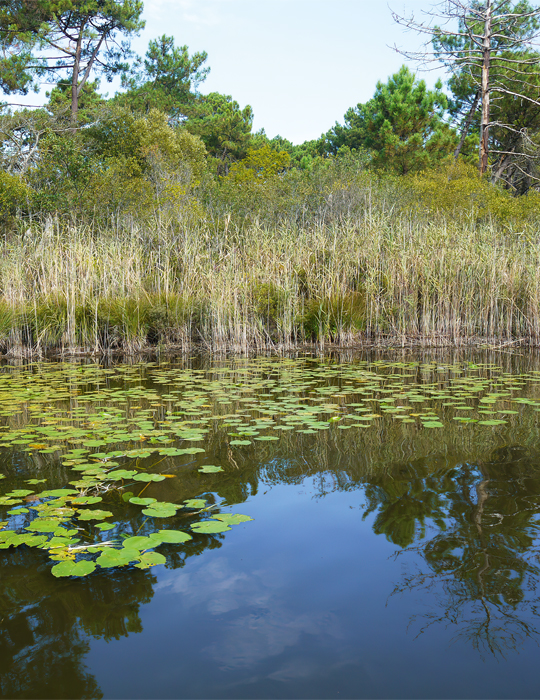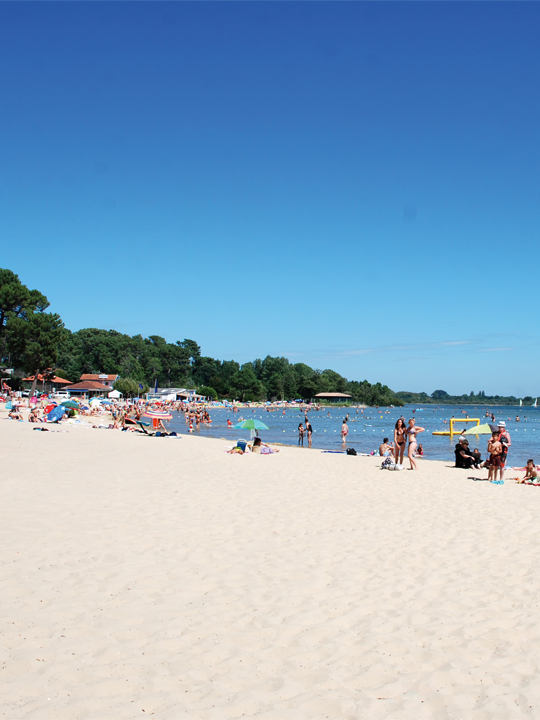His first challenge was to reach a consensus within the Municipal Council. After many debates on the public interest of the project, and its environmental and financial risks, he succeeded in getting a unanimous vote.
He also had to reassure the French Armed Forces, due to their concerns about the security of Air Base 120, where land and air firing exercises were conducted. They own the portion of the lake located in Gironde and this limits the activities that are possible on it. The municipality of La Teste de Buch has a contract with the Armed Forces (authorisation to temporarily occupy the site) which designates the municipality as the site manager. This authorisation is contingent on the fulfilment of several obligations: the marking of areas dedicated to nautical activities, a ban on granting rights for any commercial activities, restricted navigation rights on the military part of the lake.
Finally, he had to convince the State and environmental organisations (SEPANSO, users of the forest) who initially expressed reluctance and made demands in return for allowing the project:
- Protection of surrounding marshland and lake shores as far as Peyroutas
- Creation of an exhibition centre on natural environments (Cabane de la Gemayre)
- Initiatives to help visitors discover the natural environments (guided walks, information documents)
- Above all, the site had to be a “boat launch”—not a port.

